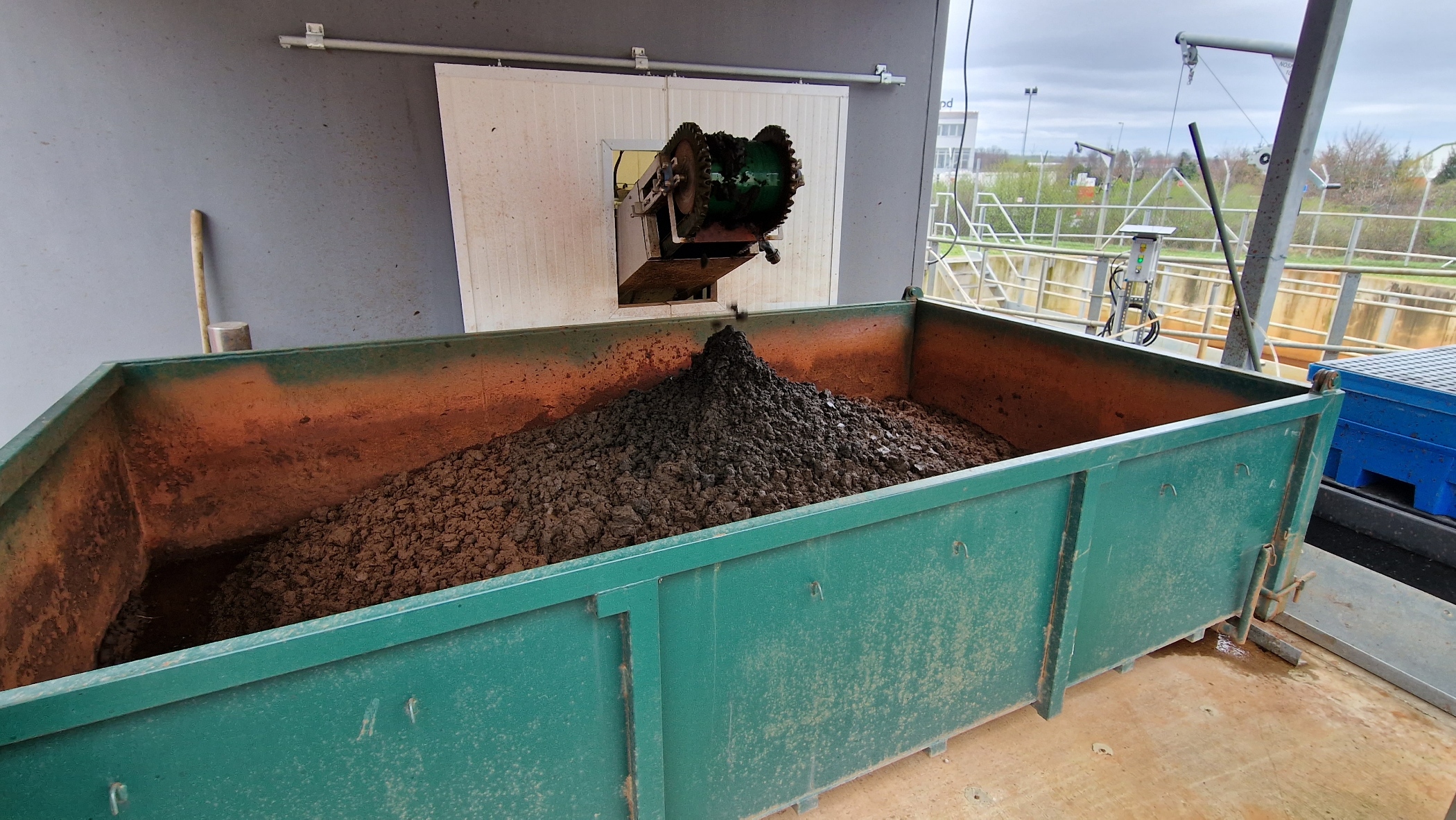Work with wastewater sludge to make dewatering perform well
It is not only the dewatering equipment and its parameters that determine how efficient the sludge dewatering will be, i.e., what percentage of solids you will get at the output. It is not that you buy a new powerful machine, push a button and get 20-30% dry matter. Of course, a properly selected and dimensioned dewatering machine and choosing the optimum polymer will help good performance significantly. However, you must consider that even this machine still works with the sludge that flows outside. And this sludge is not produced in the screw dewatering press but already in the wastewater treatment plant. We can simplify the whole thing by saying: "As you make the dough, so you bake the cakes."
What are wastewater treatment plants for?
A lot of polluted water flows into the wastewater treatment plant (WWTP) (on average, 100 liters of water per person daily). In simple terms, we need to separate all the "pollution" from the water that can be returned to nature. Water treatment is a complex discipline with many interrelated steps, with sludge at the end. It should have a minimum volume to be best processed - taken away and disposed of.
What is wastewater sludge?
Sludge is the filtered solid component of wastewater that is retained and accumulated in the WWTP. It contains all the physical, biological, and chemical pollution from households and industrial plants. You can visualize it as liquid mud.
Dewatering devices don't do wonders
Sometimes customers are disappointed that they were expecting a higher percentage of dry solids (more dewatered sludge) in the output. But dewatering equipment is not a perpetual motion machine; the technology before it primarily determines the final results. If you have the wrong sludge, even the dewatering machine cannot deliver the proper performance.
Do you want good results? Take care of the sludge
Let's look together at the whole process behind a well-prepared sludge. Yes, it's a bit of alchemy. You'll be pleased with the result because properly dewatering municipal and industrial sludge will save significantly on the costs associated with sludge removal and disposal.
Mechanical pre-treatment
Water flowing into the WWTP through the sewerage system first undergoes mechanical pre-treatment on mechanical/automatic combs or belt filters, or drum filters. This pre-cleaning gets rid of coarse dirt, grit, grease, etc. After mechanical pre-treatment, the shallow solids content (0,1 %) wastewater flows into the aeration tanks.
Aeration
In aeration tanks, the wastewater intentionally sits for a period (called holding time) and is aerated by compressed air generated by a blower.
Aeration is the process of oxygenation of wastewater, which is part of biological treatment. Aerobic bacteria grow in the water with the right conditions, such as oxygen levels and temperature. These are predatory, multiply rapidly, and start eating up the primary sludge (domestic sewage, industrial wastewater, e.g., from dairies, meat processing plants, food companies, etc.). The water gradually drains through a 'settling tank' where the sludge settles down, increasing the dry matter content to 0.5%. By gradually pumping the excess sludge into the sludge tank, the optimum amount in the water remains as food for aerobic bacteria. The excess sludge is collected in the sludge tank, where it should continue to mature. It would help if you preferably did this under anaerobic conditions (without oxygen and at elevated temperatures, as anaerobic bacteria multiply and digest rapidly at high temperatures up to 45℃).
At this stage, operators often make the first mistakes. If the WWTP is improperly sized or set up, e.g., overloaded, the bacteria cannot digest and process all the biological sludge. This sludge is not stabilized and will likely continue to work (digest, ferment).
Sludge mineralization
The water from the aeration tanks passes through the dosing tank, where the sludge is "drained," and clean water flows out. The sludge is then pumped into the sludge tank. The absence or low capacity of the sludge tank is another pain point for many WWTPs; however, the function of the sludge tank, where the sludge is mineralized, is invaluable. When the sludge settles to the bottom of the tank, pumps can return some water. Continuously mixing the sludge creates a homogeneous environment, and anaerobic bacteria, which do not like oxygen, start to multiply. In this ideal environment, they continue to eat the waste matter. The process results in a mineralized sludge (up to 2.5 % dry matter) with a much smaller volume. You can send this form of sludge to the dewatering device. The sludge should remain in the sludge tank for about 30 days.
Start dewatering!
When you send this prepared, stabilized, and mineralized sludge to the dewatering device, you can achieve a beautiful result with a solids content of up to 21%. Such sludge looks like dry field dirt. It is effortless to work with, easy to take away for further processing, and reduces disposal costs.
For interest, if you have a young sludge that has not been activated correctly, you will not get more than 15% in the end. This sludge is popular in composting plants. We can also talk about so-called sick sludge (slimy sludge), which is usually full of chemicals from industry, improper cleaning processes, and poor maintenance or operation of the WWTP. There, the proportion of solids is around 12%.

In this article, we wanted to explain what precedes the actual dewatering process (not only) on our screw press. The results will come if you take care of the sludge correctly and consistently.
Efficient and reliable screw presses reduce sludge volume with minimal energy consumption and minimal maintenance and operation. We have them for you too.


